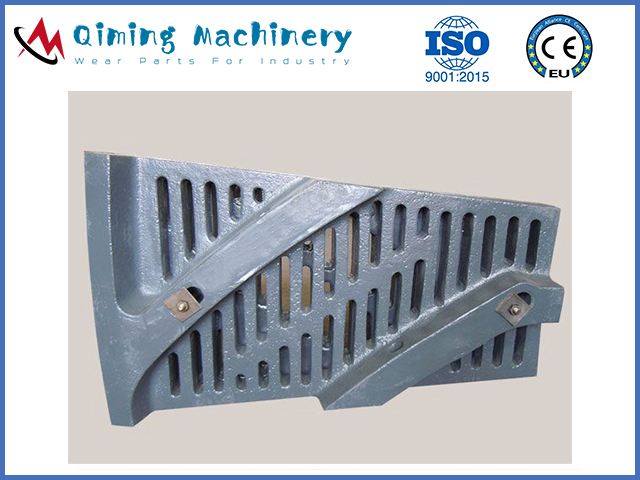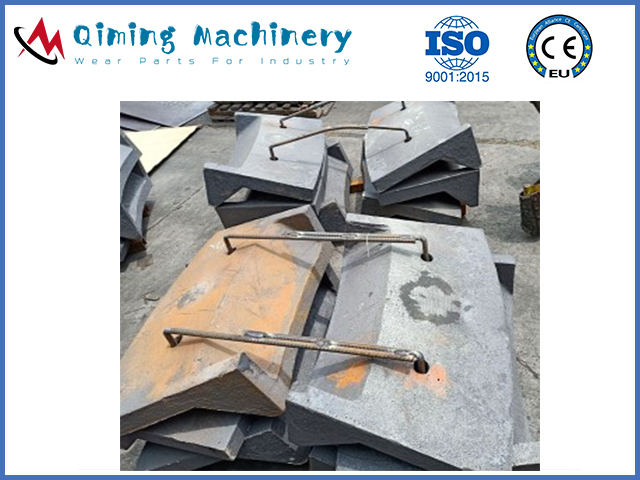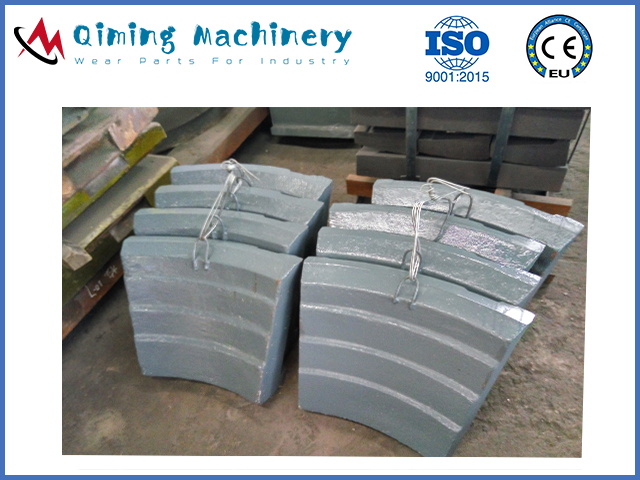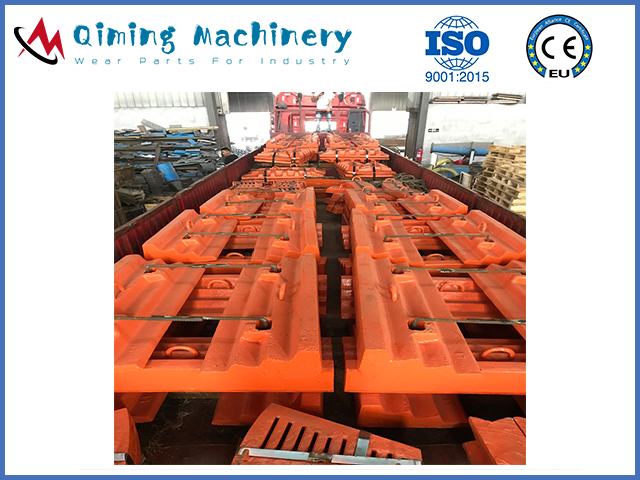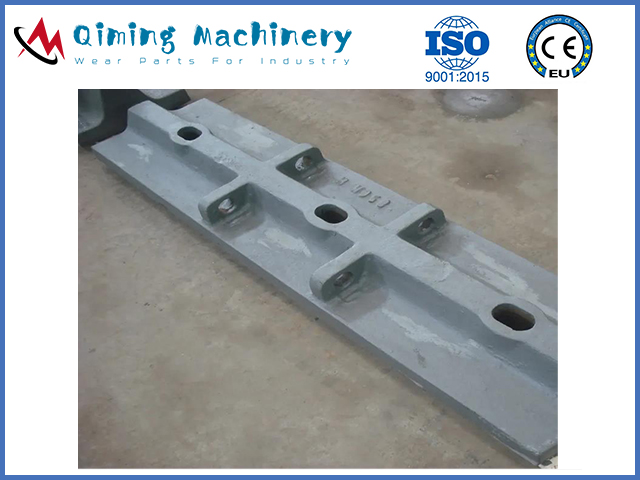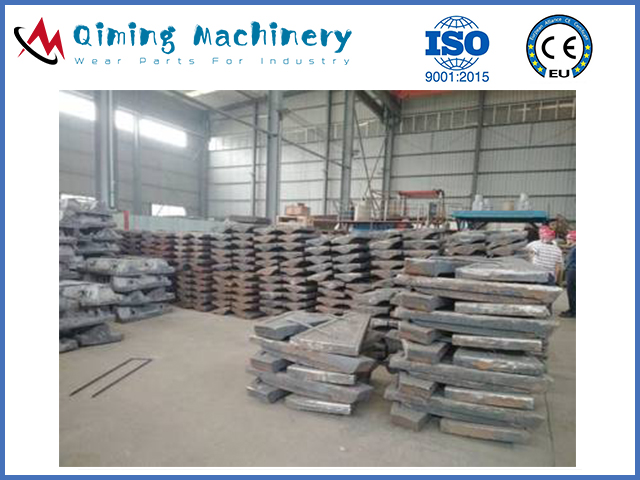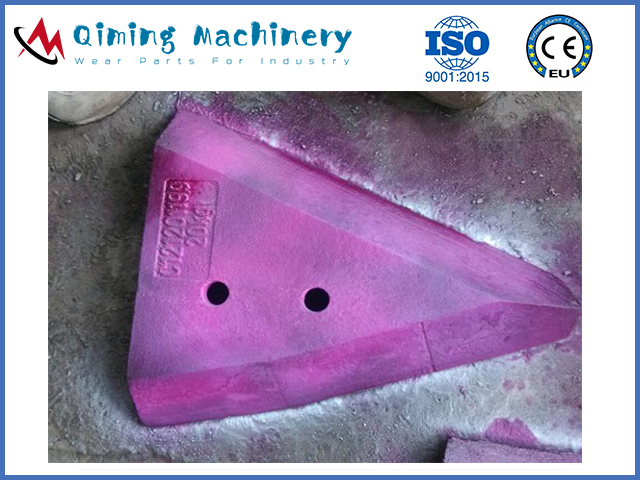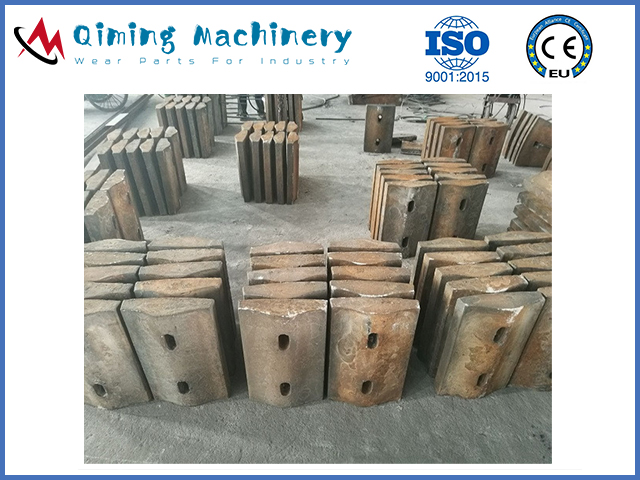Mill Liners By Qiming Machinery®
Qiming Machinery is a leader in the design, manufacture, and supply of mill liners for mineral processing and quarrying industries. We offer our customers complete wear liner solutions for mills that increase performance, equipment availability, and lower maintenance costs. Our mill liners are also tested to withstand the acidity level of different elements that may be present in the milling process. Longer milling life to your machine means fewer expenses and more profit or income to your company.
Qiming Machinery mill liners are subjected to different combinations of impact and abrasion, as they are used in SAG/AG, ball or rod mills. Our wear parts are manufactured to the highest standards of quality and delivery, ensuring high levels of reliability for our customers. Also, our mill liners wear parts that add value to customers’ processes through customized designs.

